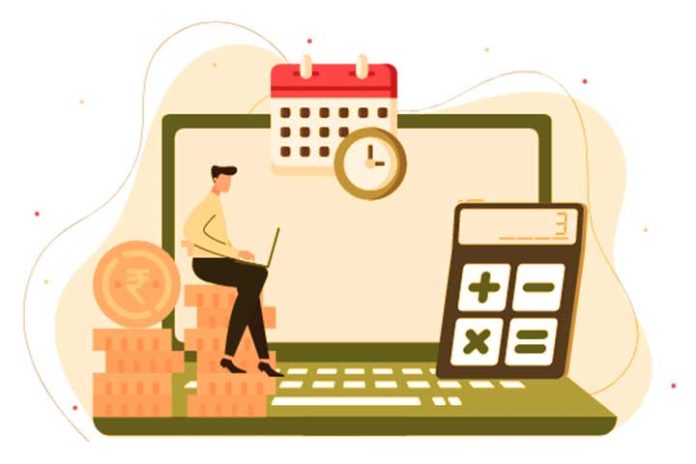The paperless office or paperless system is a reality that we have seen in many companies when it comes to managing travel expenses. The control process of the tickets and invoices associated with each travel expense by the company’s people has traditionally been carried out through paper documents. Now this is not productive at all, so the ideal is to use “paperless solutions,” which help you save time and keep track of expenses in your company.
What is paperless?
It means “less paper.” It is an English term that refers to the digitization of processes and the need to manage documentation.
To reduce paper in the company, it is necessary to be very clear about everything related to paperless, what it is, and how it is applied, since it is not simply a question of not storing the documents but of doing it digitally so that it can be carried out the process without using paper. Remember that any expense you try to deduct in the Corporate Tax and VAT models must have valid documentary justification.
Companies are moving towards a paperless culture for various reasons, from cost reduction to eco-friendly policies. This implies that the processes in which it is necessary to manage documentation, such as expense requests or justification of company expenses, are beginning to be carried out through HR paperless solutions, that is, Human Resources tools. Digital documents allow you to digitize expense requests, tickets, and invoices, so it is unnecessary to keep paper documents to justify business expenses.
Benefits of integrating paperless into your business
The processes in which paper is used often generate many problems. Confusion, errors, papers that never reach the Human Resources manager, fraud attempts, etc. And we must remember the problems that the storage of paper itself entails and the costs of its maintenance.
To avoid this type of situation, companies are designing a paperless strategy that allows them to manage employees’ travel and travel expenses without having a mountain of tickets and invoices accumulated in the offices.
Paperless invoicing implies a procedure to manage invoices, both invoices issued and invoices received, which are not printed on paper. The digital invoice is used, which, if it contains all the corresponding data, is a legal invoice that can be integrated into the company’s accounting automatically.
How to integrate paperless in your company?
To avoid the use of paper in the company and to be able to continue carrying out daily procedures, it is important to be clear about what paperless offices are. We are talking about digital solutions that allow carrying out the same process that would be carried out manually but in a faster, simpler, and more comfortable way, using mobile devices to take photos of invoices and expense tickets and send them to the area of management.
Companies can approve or reject expenses whose invoices or tickets are invalid through a paperless accounting system. They can also approve or reject requests for travel expenses or trips made by employees or managers of each business area. All this is thus channelled through digital means so that the procedure is more agile and fast.
Let’s see how you can integrate the paperless culture into your business processes when managing travel.
Document digitization
The clearest way in which a travel expense management system helps you is with the digitization of documents. You will not have to store the paper documents associated with each expense. Employees will not have to keep the document on paper; it will be enough for them to take a photo with their mobile device and send it through their user.
If the documents are digital, the system also allows you to automatically extract the data from them and send them to accounting without manually processing the information.
Digitization of invoices and expense tickets
Just as keeping paper documents is unnecessary, you can also have all invoices and expense receipts digitized. The normal thing is that when you go to a restaurant for a business lunch or spend on gasoline, they give you the documents on paper, but you can digitize this, and thus, it can be channelled quickly, optimally, and agilely through the channels suitable.
Automated Workflows
Since documents have been digitized, workflows can be automated. On the one hand, the expense requests are made digitally, and it is the managers of each assigned area who will have to authorize or not such expenses. Later, the information that justifies that the expense has been carried out (invoices and tickets) is automatically integrated into the accounting without having to manually calculate and mechanize the data, which could lead to errors. Humans.
Use electronic signatures
All digital processes allow an electronic signature to be carried out to see who is responsible for the document, be it a contract or authorization. The electronic signature allows control of documents’ traceability, providing greater legal certainty to the company.

